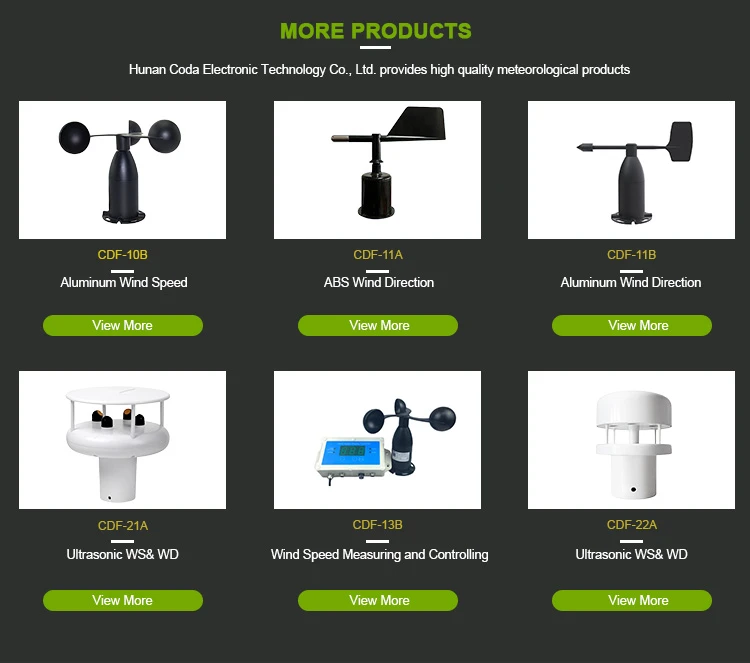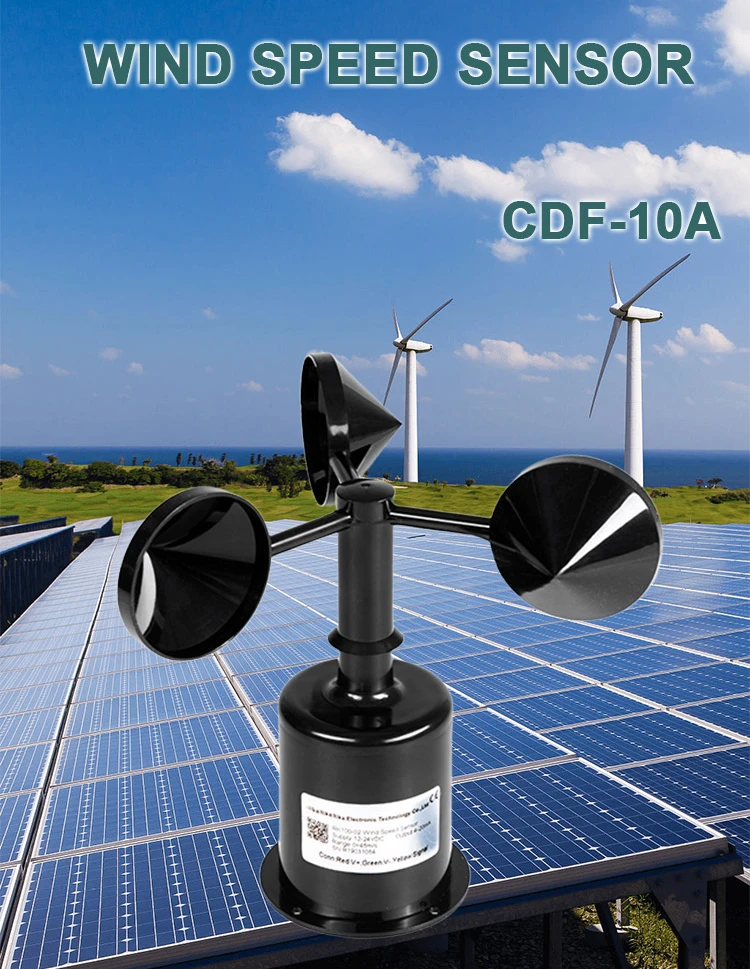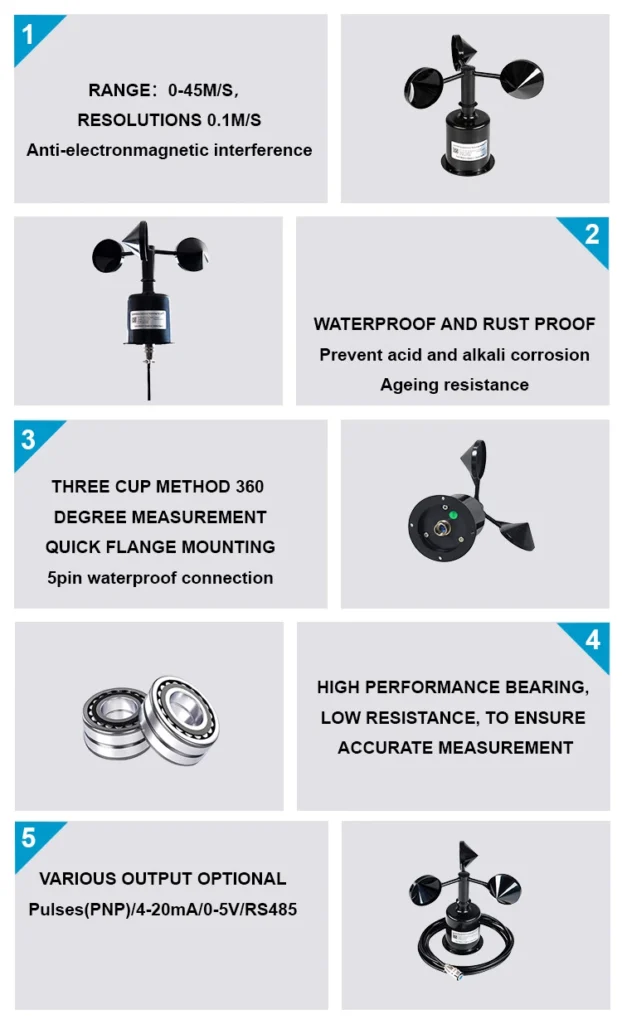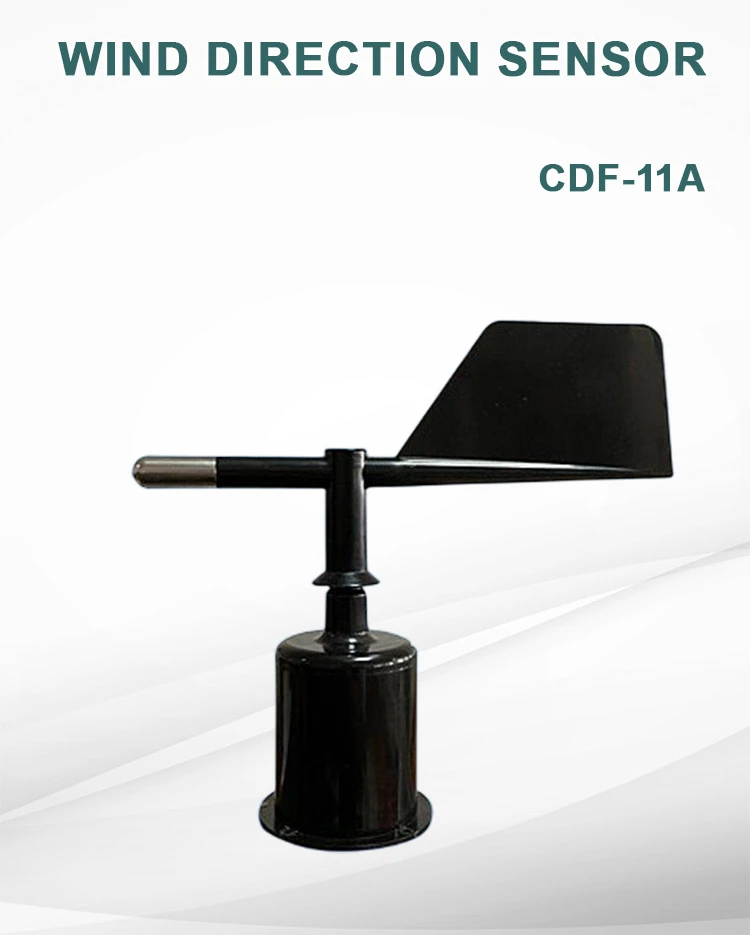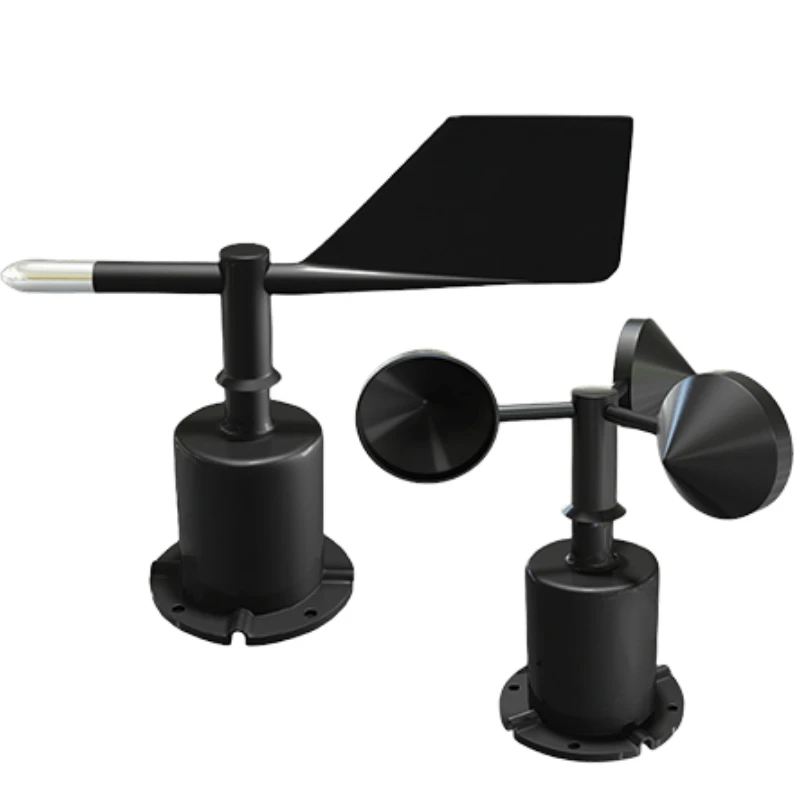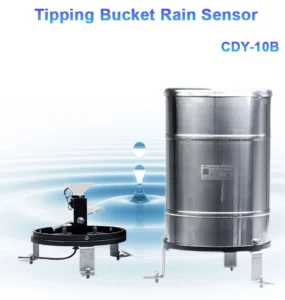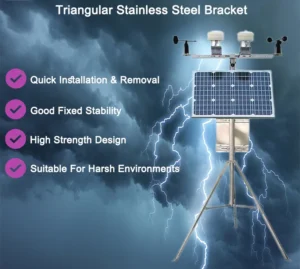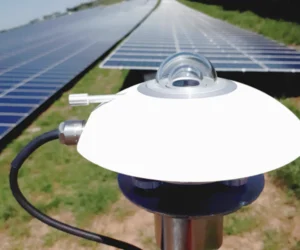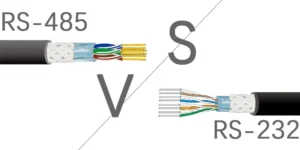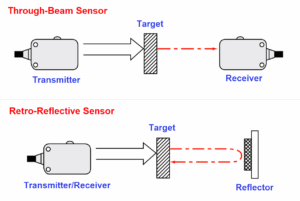How do wind sensors operate?
Principle of wind speed sensor operation
A wind speed sensors is a tangible instrument designed to gauge the velocity of the wind. The airflow-induced wind causes the three cups at the top to spin, which in turn rotates the central shaft. This movement turns on the internal sensing part. It creates a signal that helps you find the wind speed.
Principle of wind direction sensor operation
A wind direction sensor is a tangible instrument that assesses and communicates wind direction data. It works by rotating a wind vane arrow. This arrow sends measurement data to the coaxial encoder board. At the same time, it outputs the wind direction value.
How does an ultrasonic wind sensor function?
The ultrasonic anemometer works by measuring how wind speed affects sound waves. Wind speed changes the time it takes for sound to travel through the air. The main parts of the sonic anemometer are ultrasonic transmitters and receivers. The team places them at opposite ends of the measurement area.
Components of Wind Sensors
The primary sensing element within the wind direction sensor is the wind vane. The rotation of the wind vane’s bearing determines the current wind direction.
The wind speed sensor’s sensing component consists of a three-cup wind assembly, which includes three carbon fiber wind cups and a cup holder. As the wind cups spin from the wind, the rotor cup inside the slit optocoupler creates a frequency signal.
When the wind direction shifts, the tail wing rotates around the shaft, causing the potentiometer shaft to turn. This action results in a variable resistance signal being output from the potentiometer’s movable end.
What issues can arise with wind sensors?
Wind sensors can encounter several issues during their use. Below is an examination of the causes behind these wind sensor issues:
Wind speed sensor issues
Stiff rotation and jamming
If a new wind speed sensor experiences this, it might be due to a bearing rotation issue caused by loose internal parts. Test the wind speed sensor after powering it on. If it is defective, reach out to the manufacturer for a replacement. Manually spin the wind cup atop the wind speed sensor. If it doesn’t rotate smoothly, this suggests a problem with the device’s connection. You should address this under the guidance of a professional technician.
If the wind speed sensor is not sensitive, start by cleaning its surface. Check for any obstructions around the wind cup that could block its movement. This could include blockages like leaves, ice accumulation on the wind cup, or a misalignment of the sensor. Even a small thing, like a feather caught in the wind, can cause big mistakes in the readings.
Next, after you fix the issues mentioned earlier, you need to take apart the sensor. This will help you remove any dirt and debris inside. In conditions characterized by wind and sand, tiny gravel particles might infiltrate the sensor shaft, potentially disrupting its functionality. Users should regularly clean and maintain the wind speed sensor. This will help extend the equipment’s lifespan. Lastly, if someone uses the wind speed sensor for a long time, its parts may start to wear out or come loose. In such cases, it is advisable to either replace the sensor’s parts or purchase a new sensor altogether.
The wind speed registers as zero.
There are three possible reasons why the wind speed sensor shows a zero reading. First, the reed switch, which acts as the sensor, may not be working properly. Occasionally, lightly tapping the anemometer’s main body above the wind speed axis can temporarily fix the issue. If feasible, you should verify the reed switch problem, but address it promptly. Reach out to professional technicians for a replacement.
Another possible reason for the uneven speed readings could be a damaged cable. This can cause the speed conductors to make contact only sometimes. If the shaft turns smoothly and quietly, it shows that the wind speed sensor is working well. Verify if the reading displays data. If data is present, examine other components to ensure they are operating properly. If no data appears, the wind speed sensor has a defect and requires replacement.
Ultimately, if the initial wind speed is excessively high, the likelihood of this being the cause is quite low. When you measure at a site with low wind speed, the sensor does not start. The reading will always show zero. To prevent this scenario, users should conduct measurements at various sites and at different times. This will help us determine if readings display under diverse wind conditions.
A notable discrepancy exists between the wind speed sensor and other anemometers.
It is uncommon for users to suspect that their anemometer readings are inadequate. However, several genuine issues with anemometers can lead to low-speed readings. The main problem is a stiff bearing on the wind cup shaft. You can fix it by following the given instructions. Alternatively, a malfunctioning reed switch might cause discrepancies when connecting with other anemometers, leading to deviations in readings.
Wind speed measurements fluctuate with height, so you must install both wind speed sensors at the same height and ensure they have identical exposure. Also, there is another factor to think about: wind does not blow at a steady speed. This is especially true in inland areas, where it often changes quickly with short bursts and drops during gusts.
Most manufacturers of wind speed sensors available in the market employ varying principles for equipment measurement. The wind speed readings from different devices can vary a lot. This makes it hard to compare the results from different equipment.
The issue of indirect readings in wind speed sensors
For wind sensors with Modbus output, bad wiring is often the main cause of problems. We need to conduct a careful check of the circuit.
In a 4-20mA wind speed sensor, problems can happen due to a weak connection with the terminal device or issues with the connection line.
An unstable network can cause problems for wind speed sensors. This leads to interrupted and unstable signal transmission.
Issue with wind direction sensor
The wind vane is rigid and immobile.
When you buy a new wind direction sensor, you may notice that the wind vane does not move. If you try to turn it by hand and it stays still, the sensor is likely faulty. This means something is blocking the bearing’s rotation. Reach out to the manufacturer for a replacement. If the wind direction sensor does not work when you connect the device, you should replace the sensor. Alternatively, you can contact the manufacturer for assistance. If you lack expertise in wind direction sensors, it is advisable not to disassemble the sensor on your own.
If your wind direction sensor becomes rigid and immobile after extended use, it is likely due to the internal parts aging or becoming significantly worn from prolonged lack of maintenance and cleaning. In such cases, you should either replace the sensor element or take apart the sensor for thorough internal cleaning.
Intermittent wind direction readings
When the wind direction sensor is operational, you might encounter issues with sporadic readings. At this point, it is essential to inspect your wiring for any problems. Typically, this issue arises from poor contact between your equipment and the data acquisition device. Experts refer to this as a “signal open circuit”.
By the way, what exactly is an open signal?
An open circuit describes a condition in which no current passes between two points, or when a conductor with extremely high impedance (or resistance) connects. An open signal line can be susceptible to interference, leading to inaccurate output. In such situations, it is important to carefully inspect the connectors and wires. The wind direction reading is currently zero.
Some individuals may face an issue when using the wind direction sensor for the first time. Upon connecting the sensor, the reading might consistently show zero. To address this, manually rotate the wind vane away from the sensor. If the reading changes, it indicates that the vane’s position aligns with the actual wind direction, and the displayed value is accurate. However, if the reading remains zero during rotation, inspect the cables and power supply system to rule out any wiring or power issues. If these components function correctly, the problem might lie within the sensor itself, which suggests that someone could have damaged the internal sensor. In such a case, replacing the sensor or its components may be necessary. Additionally, the azimuth value of the wind direction might be incorrect, requiring further investigation.
To begin with, the wind direction sensor features a directional marker labeled “N.” During installation, this marker should be aligned with true north. Failing to adhere to this step may result in inaccurate wind direction readings.
Next, employ the backup device to connect and rotate the wind vane. If the wind direction indicator displays a value of 239°, the sensor is functioning correctly. Verify the functionality of other components by using the backup device to connect and turn the wind vane. If the indicator does not show 239° and frequently displays erratic readings, it suggests that some infrared LEDs within the sensor may be malfunctioning, necessitating inspection and repair. Additionally, utilize a wind direction and speed calibrator to ensure the sensor is operating correctly.
